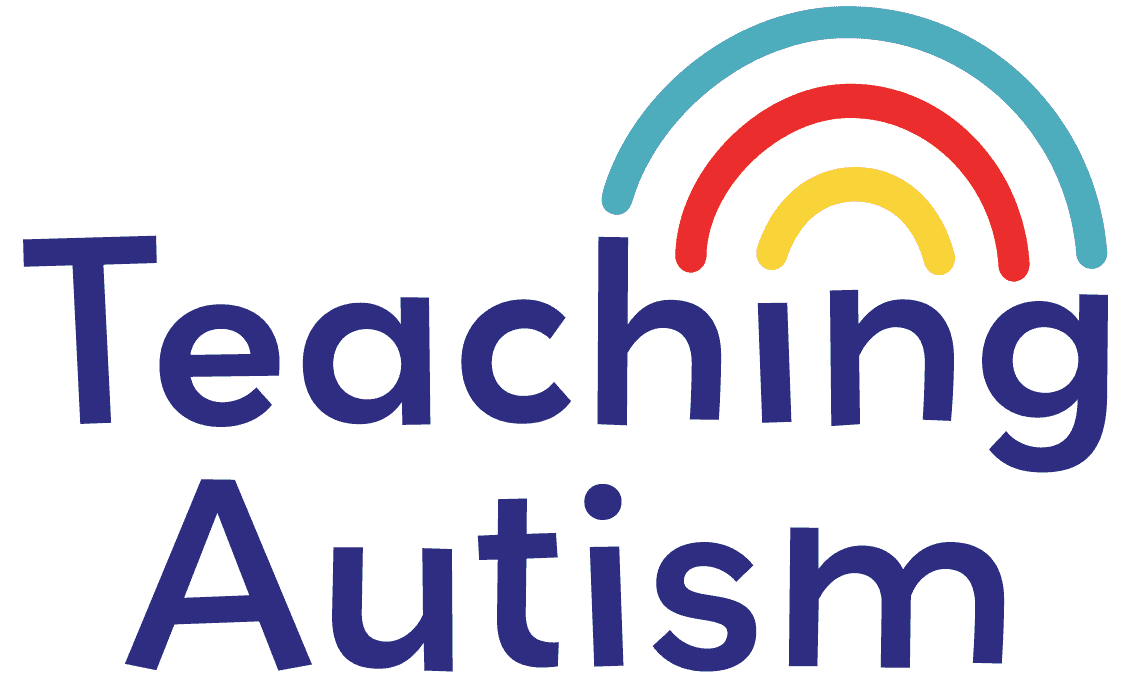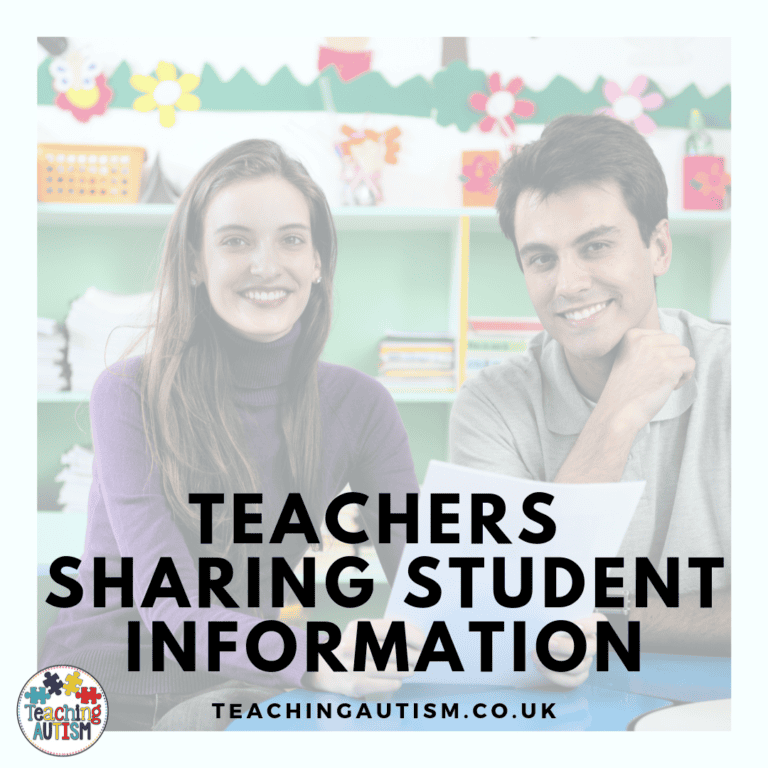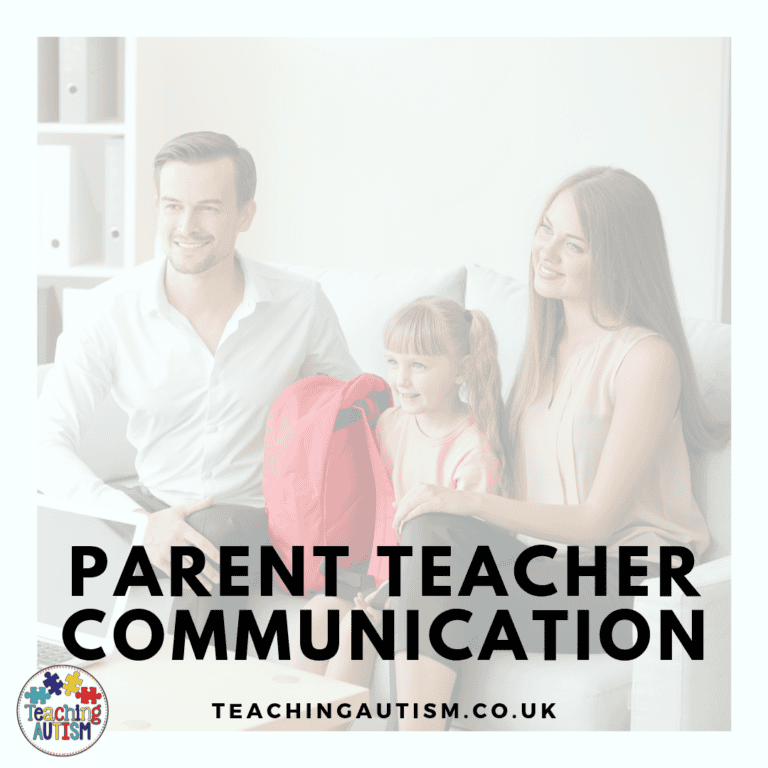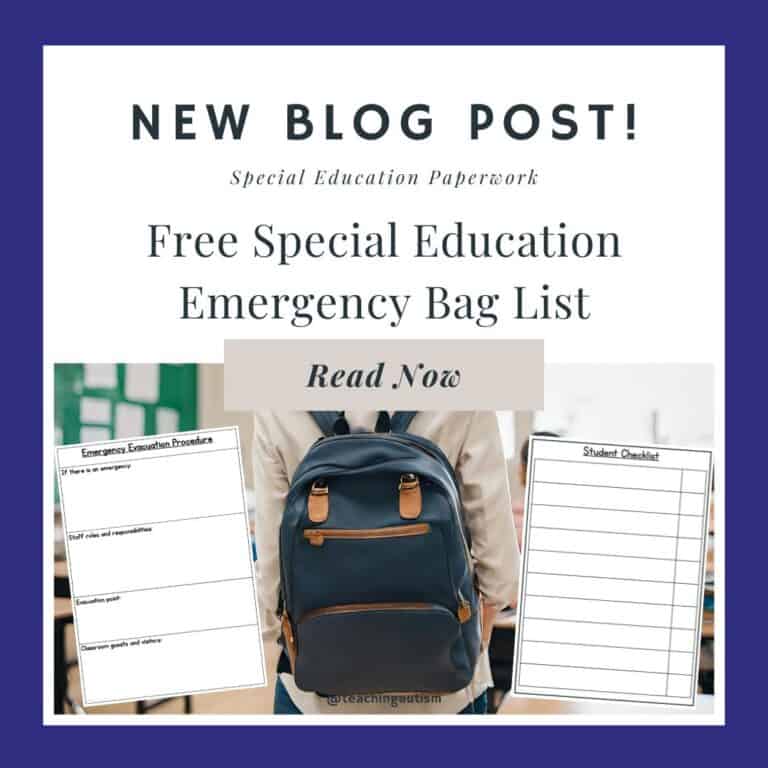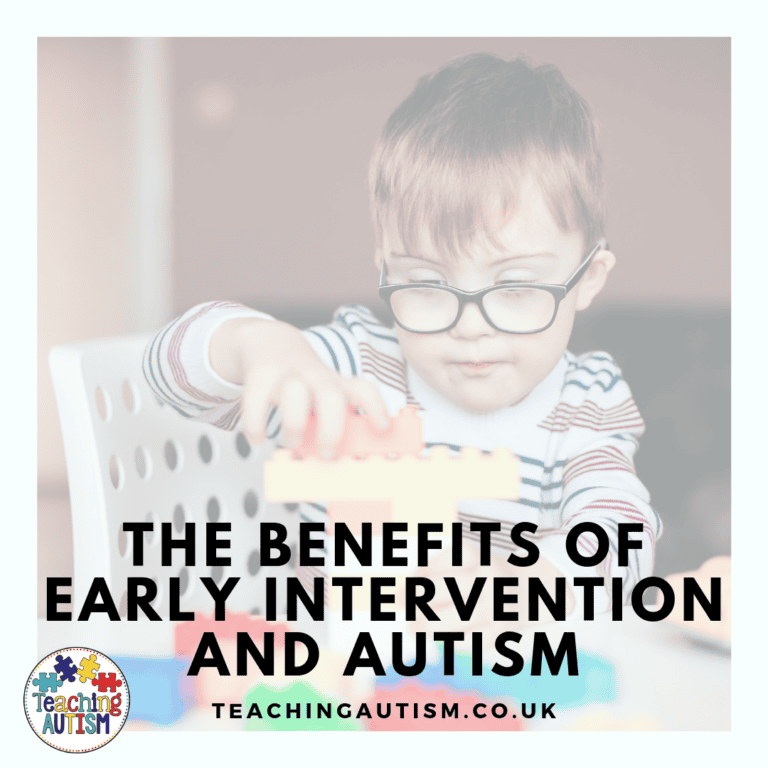The Importance of Social and Emotional Learning
Let’s have a heart-to-heart about something that often gets pushed to the side – the importance of social and emotional learning (SEL). I know, I know. When your day is full of toileting routines, transition battles, sensory overloads, and a mountain of laminating to cut, it can feel like SEL is just one more thing to squeeze in.
But here’s the thing:
SEL isn’t extra. It isn’t a “bonus” lesson if there’s time left at the end of the day.
SEL is the foundation of everything else we do.
And in a special education classroom, especially a neurodivergent-affirming one, it’s not just important.
It’s essential.
But before we dive in, if you’re looking for hands-on SEL activities you can actually use in your classroom (not just cute Pinterest ideas that aren’t realistic for our students), I found this awesome roundup of Social Emotional Learning Activities from Yara. It’s filled with visual-rich, inclusive ideas that you can adapt for your own neurodivergent learners, and bonus, they’re actually fun.
But First… What Even Is SEL?
Social and Emotional Learning is all about helping students understand and manage their emotions, build healthy relationships, make responsible decisions, and develop self-awareness and empathy. It sounds kind of fluffy when you put it like that, right?
But let’s break it down into what that actually looks like in a neurodivergent-friendly special ed classroom:
- A student learning how to identify when their body feels overwhelmed
- Teaching that it’s okay to say “no” when they don’t want a hug
- Building the skill to ask for help, whether with words, visuals, AAC, or pointing
- Learning how to calm down after a meltdown (and knowing they’re safe during it)
It’s not about creating “well-behaved” kids.
It’s about creating emotionally safe humans.
Traditional SEL Often Misses the Mark for Neurodivergent Students
Here’s where I’m going to get a little spicy. Because, truthfully, a lot of SEL programs out there weren’t built with our students in mind.
Too often, SEL becomes about compliance over connection.
Rewards for sitting still.
Praise for making eye contact.
“Good choices” that mean “doing what the adult asked without question.”
And let’s be honest, that’s not SEL.
That’s behavior training dressed up as empathy.
When we force students to suppress their authentic selves in order to be accepted in a classroom, we’re not building social-emotional skills… We’re teaching them to mask, and that’s the opposite of neuro-affirming.
What Does Neuro-Affirming SEL Look Like?
Now this is where it gets good. Neuro-affirming SEL is SEL that actually respects how your students think, feel, and experience the world. It’s about meeting them where they are and honoring how they show up.
Here’s what that might look like:
Respecting Communication Differences
Not every student will “use their words” and they shouldn’t have to in order to be heard.
We use visuals, AAC devices, gestures, scripts, echolalia, or just being present together in silence. All of it is communication. All of it matters.
Ditching Eye Contact as a Requirement
We don’t force eye contact to show “respect.” We teach that people connect in different ways, and that it’s okay to look away, stim, or pace while listening. Eye contact isn’t a social skill, it’s a preference.
Validating All Emotions
We don’t only reward smiles and “calm” behavior.
Crying, frustration, fear, anger, those emotions are just as real and worthy of support. Instead of shutting them down, we offer co-regulation and help our students learn what those emotions feel like in their bodies, too.
Understanding Meltdowns vs. Tantrums
We don’t punish a student for having a meltdown. This is because we know that behavior is communication, and a meltdown means a student is overwhelmed beyond what they can manage. They don’t need a consequence. Right now they need safety, support, and time to recover.
Why SEL Must Come Before Academics
Here’s something I remind myself of often:
A dysregulated child can’t learn.
It doesn’t matter how amazing your math center is or how fun your phonics game might be. If a child is anxious, overwhelmed, scared, or misunderstood… their brain isn’t ready for learning. Their nervous system is in survival mode.
SEL lays the groundwork for everything else. When students feel safe and seen, they can:
- Take risks in learning
- Try again after failing
- Connect with peers
- Regulate their emotions
- Ask for help
- Explore their independence
And honestly? I would rather spend a month building those skills and start academics a little slower, than rush through reading groups with a classroom full of dysregulated kids who don’t feel safe.
How I Embed SEL in My Special Ed Classroom
You don’t need a fancy program or an extra 30 minutes a day to “fit in” SEL.
It’s in everything we do.
Here are some ways I build it into our everyday routines:
Visual Emotion Check-Ins
We use picture cards or visuals to start the day – “How’s your body feeling today?” Students point, tap, or use AAC to check in. It builds awareness and opens up conversation.
Choice-Making and Consent
Letting students say “no” is a huge part of SEL. I offer choices constantly, not just about lessons, but also about touch, space, breaks, and participation. Autonomy matters.
Predictable Routines + Flexibility
We keep things visually structured and predictable, but with room to flex. If a student is dysregulated, they don’t “miss out” – they get to participate in a way that feels right for them.
Social Narratives + Task Boxes
We use adapted stories, visuals, and hands-on tasks to practice things like asking for help, saying sorry, identifying emotions, and calming strategies. Repetition + visuals = magic.
Co-Regulation > Control
I don’t expect students to self-regulate from day one. I show up calm (as best I can), model coping strategies, and stay with students through dysregulation—not isolate them for it.
SEL Is Life Skills, Not Just “Soft Skills”
For our neurodivergent students, SEL isn’t a side dish. It’s a main course.
Learning how to manage emotions, express needs, set boundaries, understand others, and trust adults… these are the skills that carry them through life.
They’re the difference between a child who masks to survive school… and a child who feels safe to show up as they truly are.
And that? That’s the classroom I want to build.
If there’s one thing I want you to take away from this, it’s that social and emotional learning is not a luxury, it’s a lifeline. Especially in special ed. Especially for our neurodivergent kids.
So next time someone tells you SEL is “fluff” or “non-academic,” remind them: Before a child can learn anything, they need to feel safe, seen, and supported.
SEL is where that starts.
Want to hear more about how I weave SEL into my classroom routines without it feeling like “another thing” to plan? I dive into this exact topic on my podcast episode:
🎧 How I Teach SEL in a Neurodivergent-Affirming Way
I share simple, real-life examples and how I shift from traditional “zones” or behavior charts into SEL that actually makes sense for our students (and keeps us regulated too).
Helpful Links
If you found this blog post helpful you may also be interested in;
- How to Use Social Narratives
- Teaching Social Skills to Autistic Students
- What Does Processing Delay Look Like in Real Life?
If you found this blog post helpful, please consider sharing it with your friends and colleagues on social media, it helps more teachers find support, and it means the world to me and my little family too.
And if you haven’t already, be sure to check out my Free Resource Library for tons of classroom tools, visuals, and printables to make your teaching life easier (and a whole lot more fun!).
P.S. Have you signed up for my VIP membership yet? If not, head on over and sign up now. You’ll get access to hundreds and hundreds of resources, templates, crafts and more being uploaded every month!
Nikki
